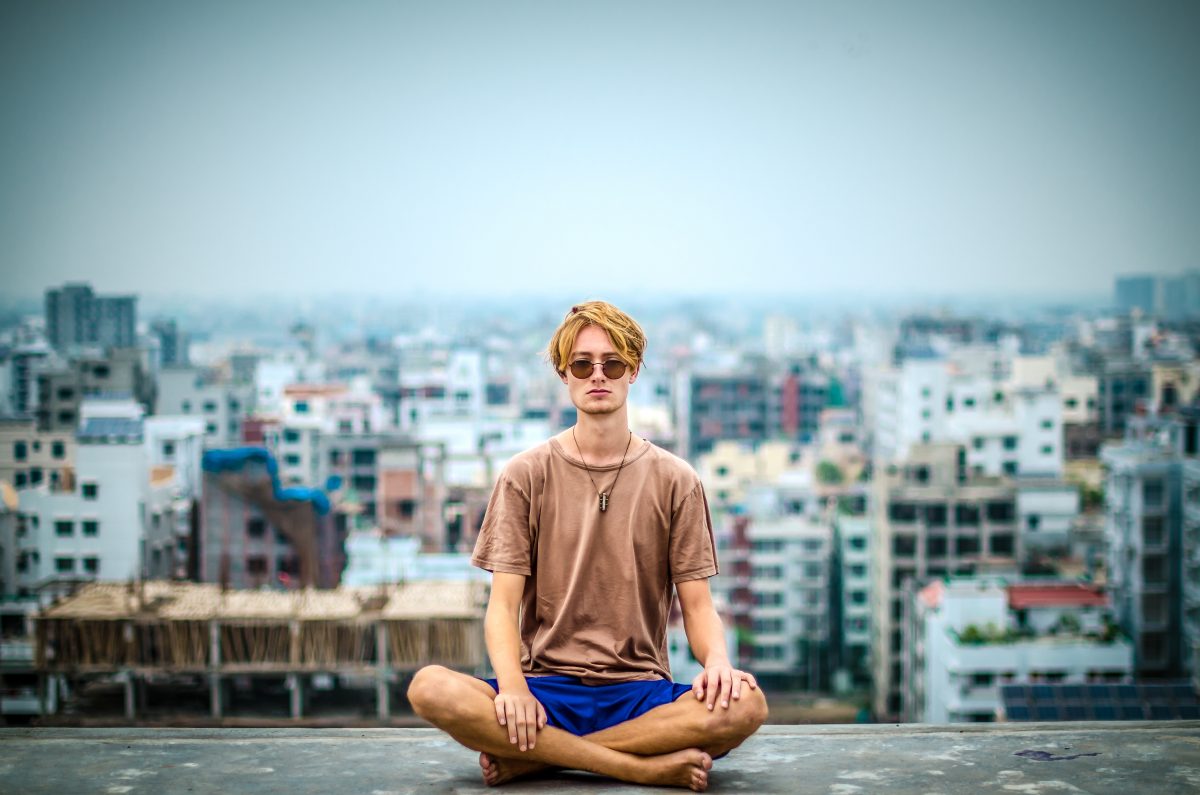Change Your Mindset with Easy Steps on How to Meditate?
Wiki Article
How to Meditate: A Step-by-Step Approach to Achieving Mindfulness and Calmness
Reflection serves as an effective device for attaining mindfulness and psychological calm in a hectic globe. By comprehending the essential principles and techniques involved in meditation, people can cultivate a method that boosts their overall health.Comprehending Meditation
Understanding meditation includes understanding its basic principles and methods, which work as the foundation for the method. At its core, meditation is a psychological workout focused on promoting leisure, developing internal energy, and developing compassion and insight. The method urges individuals to focus their attention, typically through strategies such as deep breathing, visualization, or concept repetition.Reflection can be categorized right into different styles, including mindfulness, transcendental, and loving-kindness meditation, each with distinct objectives and approaches. Mindfulness meditation emphasizes present-moment awareness and non-judgmental observation of feelings and thoughts, while transcendental reflection includes making use of specific mantras to transcend normal mind. Loving-kindness reflection focuses on developing a perspective of love and compassion towards oneself and others.
Despite the technique employed, the key objective stays constant: to cultivate a much deeper understanding of the mind and its patterns. This self-awareness fosters psychological strength, clearness of thought, and a profound feeling of calmness (How to meditate?). By comprehending these principles and methods, individuals prepared for a successful meditation technique that can substantially improve their overall health
Getting Ready For Your Technique
Before starting your reflection technique, it is essential to create a setting conducive to concentrate and leisure. Make certain that the location is complimentary and tidy of clutter, as a tidy setting can aid remove the mind.Take into consideration the illumination, as natural light can enhance your mood and power. Soft, cozy illumination is often a lot more soothing than extreme fluorescent lights. In addition, select a comfy temperature, ensuring that you are neither too hot neither too cold.
Including aspects that promote tranquility can additionally improve your experience. This may consist of soft cushions or coverings for convenience, along with relaxing fragrances from essential oils or incense. It can additionally be beneficial to have a timer set for your meditation session to stop diversions from clock-watching.
Basic Meditation Strategies
Another efficient technique is body check meditation. This entails mentally checking your body from head to toe, discovering any locations of stress or pain and knowingly kicking back those muscular tissues. This practice promotes a much deeper link in between your body and mind.

Finally, loving-kindness meditation concentrates on cultivating compassion in the direction of on your own and others. Calmly repeat phrases of a good reputation, improving psychological well-being and interconnectedness. Each of these strategies acts as a foundation for your reflection journey, enabling you to locate the method that resonates best with your individual method.
Maintaining Emphasis and Mindfulness

Developing a dedicated meditation room can boost the ability to maintain mindfulness. A silent, clean atmosphere lessens distractions, enabling for deeper immersion in the practice. Additionally, setting a time limitation can aid take care of assumptions; starting with much shorter sessions might relieve the change right into longer practices.
Using methods such as body scanning or observing feelings can likewise boost mindfulness. These techniques motivate professionals to stay present and involved with their physicality, securing their interest in the minute. Routine method is necessary; the brain builds resilience over time, developing a more powerful capability for focus.
Incorporating Reflection Into Daily Life
Incorporating meditation right into every day life can change routine activities into chances for mindfulness and self-reflection. By integrating mindfulness practices into typical tasks, people can cultivate a better feeling of presence and peace in the middle of the busyness of daily life.Begin by determining moments throughout your day where you can exercise and stop briefly mindfulness. As an example, throughout your morning commute, emphasis on your breath or the feelings of the atmosphere around you. In the kitchen area, technique food preparation as a meditative practice, appreciating the look here textures, shades, and aromas of the active ingredients. Also mundane activities like walking or cleaning dishes can become opportunities for meditation by routing your interest to the sensations of motion and the audios surrounding you.
In addition, setting aside committed times for meditation can strengthen its technique. Start with short sessions, slowly boosting period as you become much more comfy. Usage pointers or signs-- like a specific time of day or a soothing noise-- to develop uniformity.
Ultimately, the goal is to weave mindfulness into the fabric of life, allowing you to approach each moment with intention, thereby enhancing your total feeling of wellness and clearness.
Conclusion
In final thought, effective reflection needs a quiet setting, a comfortable placement, and a focus on the breath. Normal meditation, also in short sessions, fosters a much deeper connection to the present moment, ultimately leading to higher calm and psychological clarity in day-to-day life.Meditation can be classified additional hints into numerous designs, consisting of mindfulness, transcendental, and loving-kindness meditation, each with distinctive functions and techniques. Mindfulness meditation stresses present-moment understanding and non-judgmental monitoring of sensations and thoughts, while transcendental reflection involves the use of certain mantras to go beyond regular idea procedures.With your meditation area prepared, it's time to discover various standard reflection techniques that can assist grow mindfulness and inner peace.Constantly maintaining focus and mindfulness throughout reflection can be challenging, particularly for those internet brand-new to the practice.Establishing a committed meditation space can improve the capacity to keep mindfulness.
Report this wiki page